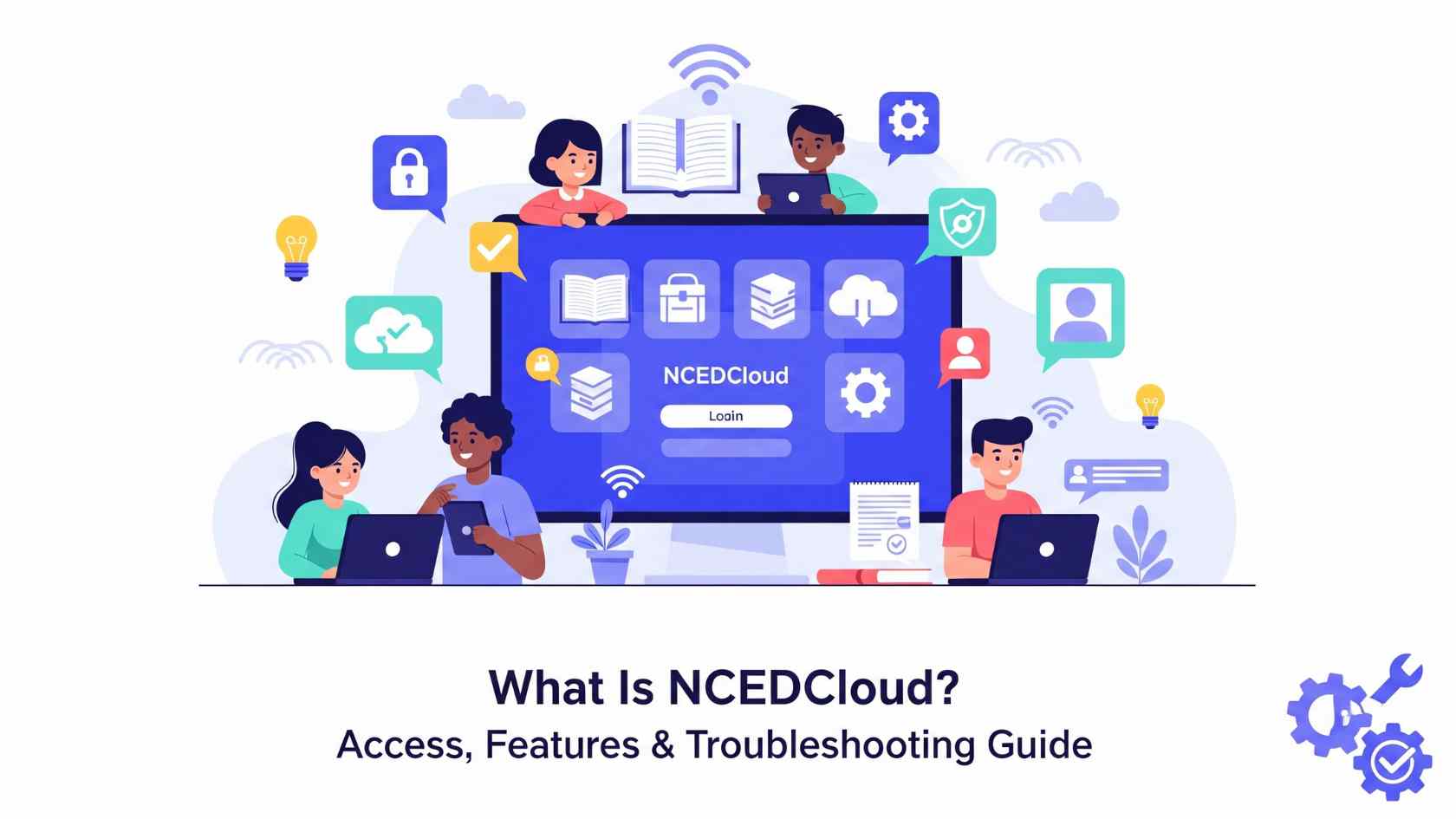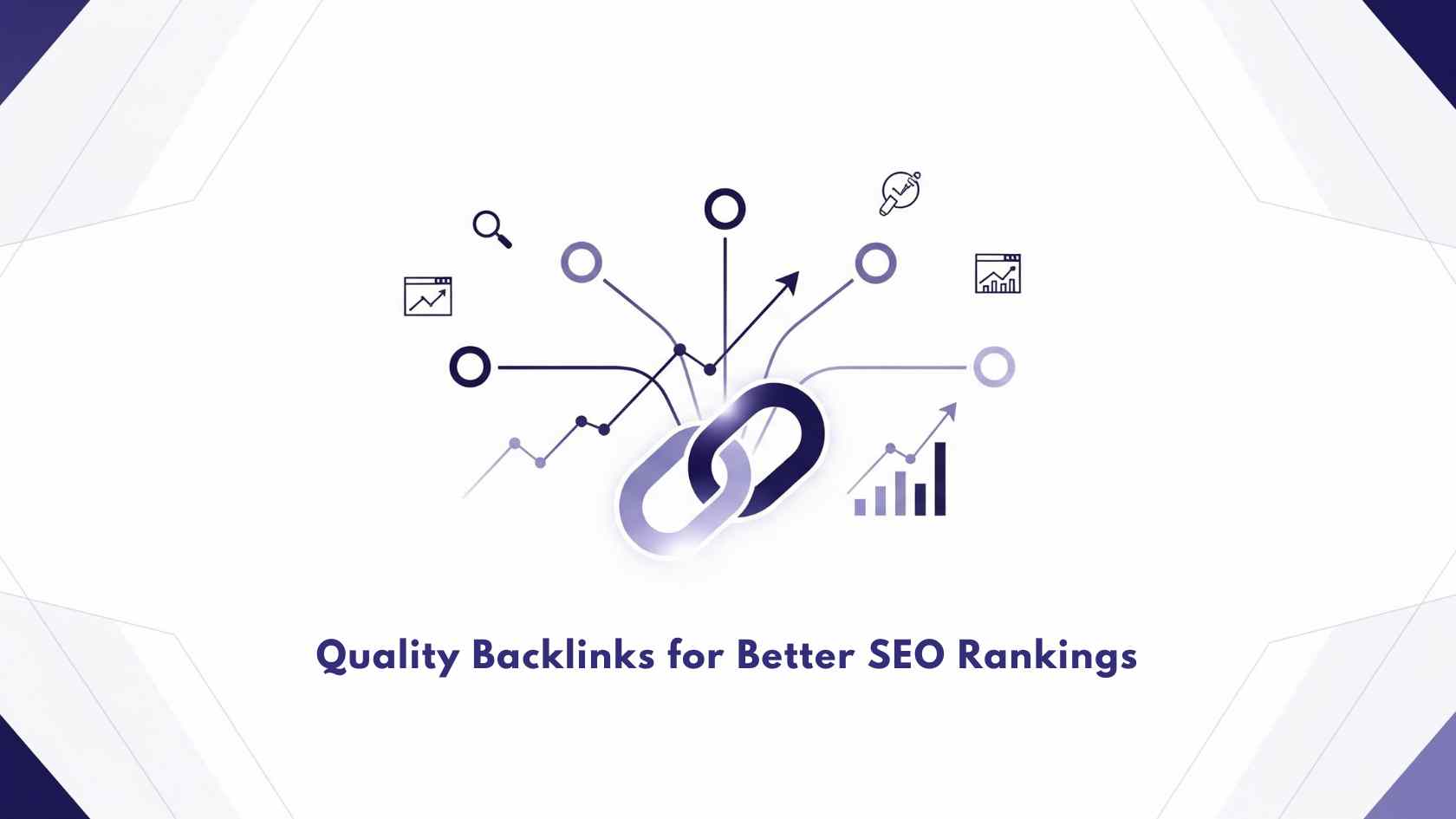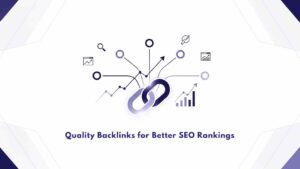Running an e-commerce business can be quite a challenge, as it involves juggling many different tasks. From managing your website and streamlining business operations to attracting customers and maximizing profits, there’s a lot on your plate.
Building a successful business takes time and dedication. It requires nurturing every aspect and continuous efforts to yield results. Financial stability and business growth are the key goals of any business. Achieving these goals becomes critical in an e-commerce business as consumer preferences and market trends keep changing. Every e-commerce business owner needs to develop strategies to attain financial stability and business goals.
Here are 7 key strategies that can help any e-commerce business attain financial stability and growth in the long run. You can work on these strategies to stay profitable.
7 Strategies for Financial Stability and Growth of Your E-Commerce
1. Monitor Key Performance Indicator (KPI)
Key performance indicators can be used by every company to measure its growth. For example, if a marketing company is promoting a legal firm that provides online legal services for business formation, they can utilize specific KPIs to measure business growth and client acquisition. In contrast, an e-commerce company would track a different set of KPIs to assess its financial growth and stability.
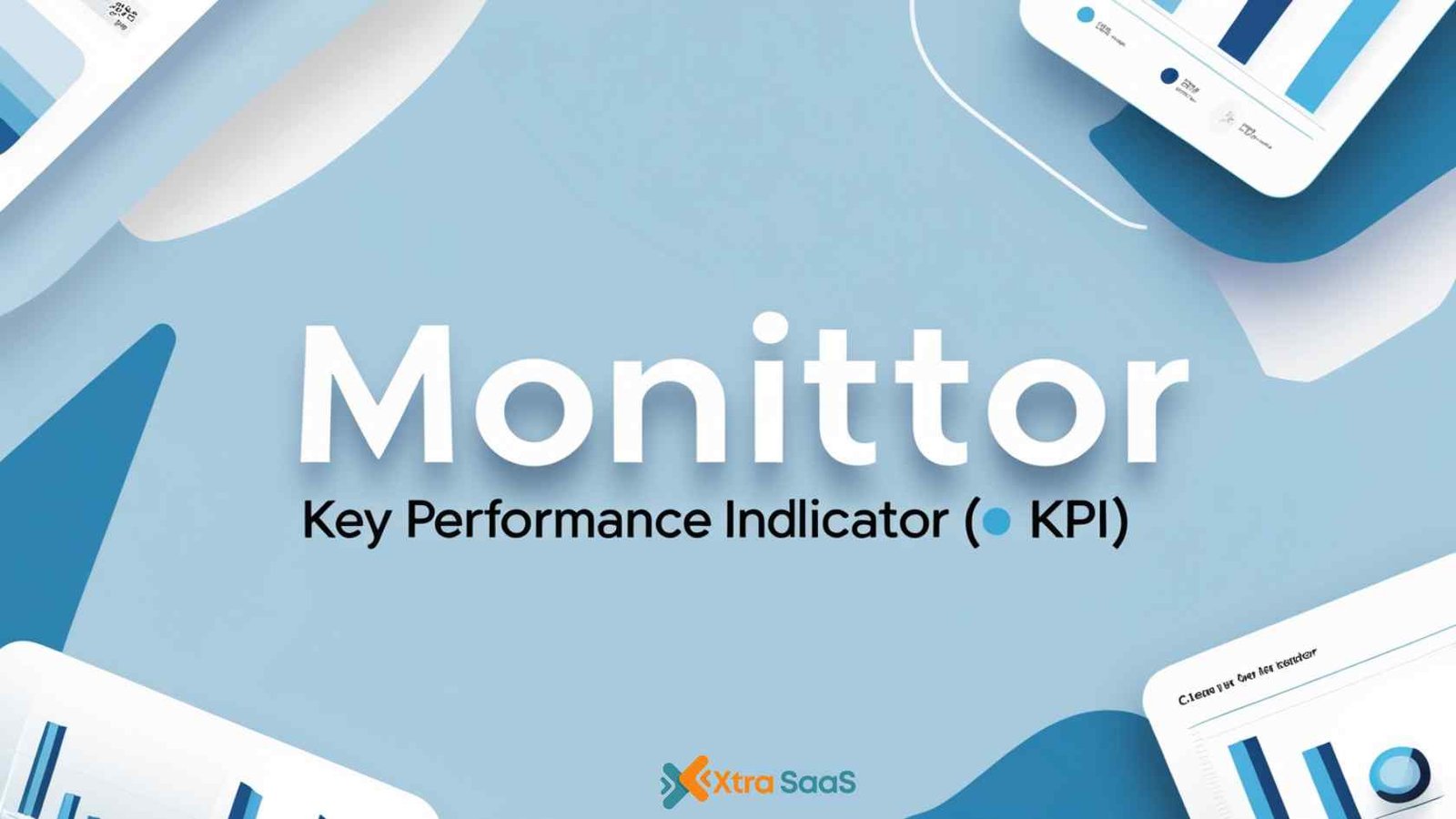
They can monitor the KPIs to get insight into business performance. They can measure net profit, customer acquisition cost, and other factors. E-commerce companies can fix the set of APIs to find out the progress and accordingly make changes in the business. If a company has started a new marketing campaign, then they can keep a watch on the KPIs to monitor the returns of the new initiatives and plan their business strategies accordingly.
2. Employ Real-time Inventory Management
E-commerce is an inventory-based business. Real-time knowledge of the inventory will help you keep ready the stocks of the products in demand. This can help you increase sales during rush hours. A lack of real-time information about the inventory can lead to a shortage of products or excess inventory. Both of them may not go in favor of the business growth.
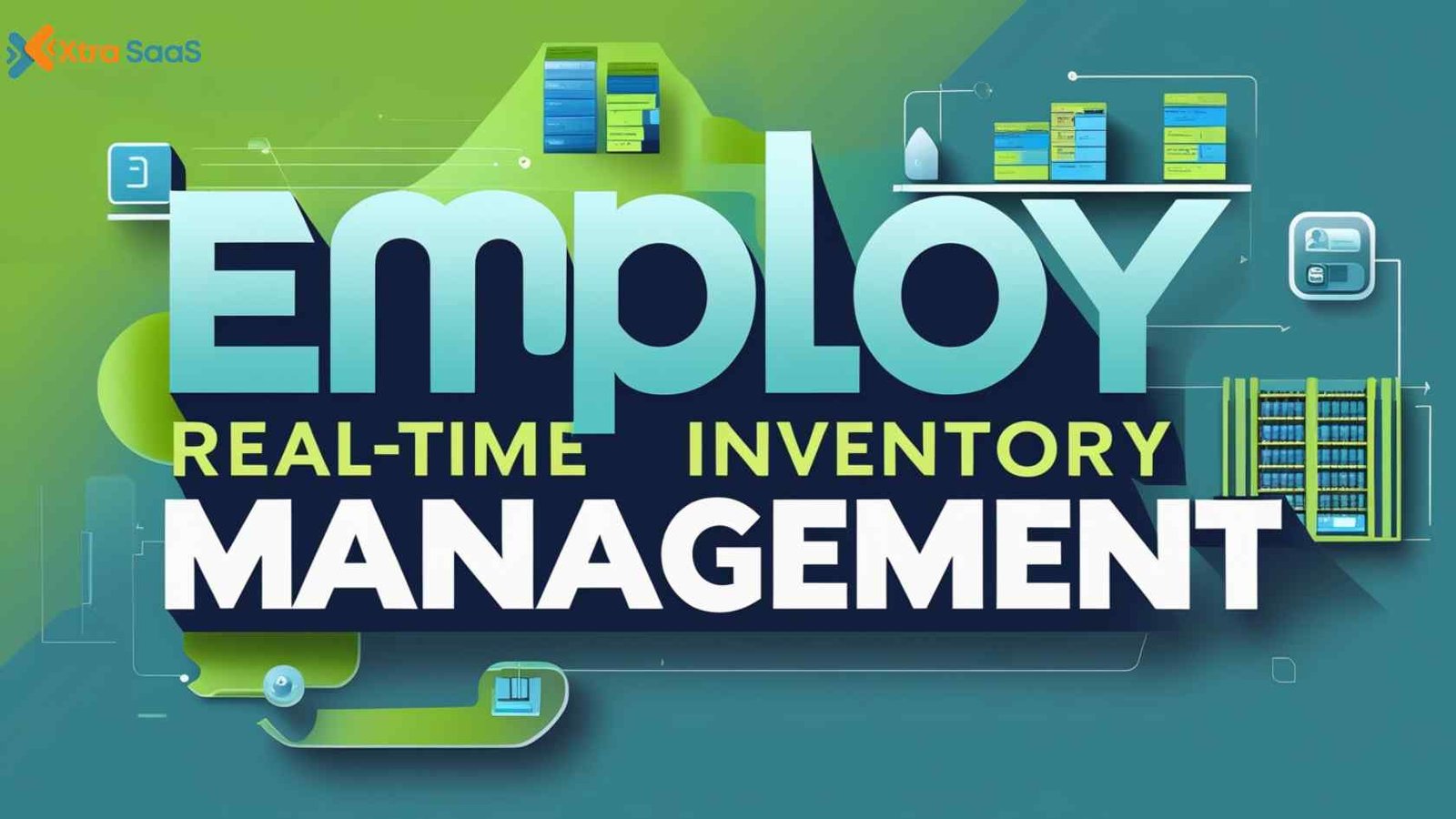
Lack of inventory can lead to low sales and excess inventory will hold valuable cash. Automating inventory management is a good idea. You can stay updated and order products when needed. The money can be utilized in other components of business. Another factor to consider in inventory management in your business strategy is taxation. You can reduce the cost of obsolete inventory to get some tax exemptions.
3. Plan Business Structure
Study all the business structure and the tax benefits to decide upon the business structure. There are many business structures, such as LLC and S corp. All businesses have different tax structures. Some may allow you to show the profits under your income for taxation and some may have double taxation. Besides taxes, liability is also an important aspect. You have to decide the kind of liability you want to hold on the business assets and debts.

Choosing the right business structure based on your goals and relevant taxation rules is essential for long-term financial stability. Many entrepreneurs turn to services like Northwest Registered Agent for guidance on LLC formation, ensuring they comply with legal requirements while optimizing their tax situation. This can help to bring financial stability to the business in the long run.
Additionally, new LLC owners can take advantage of free tax preparation resources through local programs or online platforms, easing the startup burden and helping ensure accurate filings. This can help to bring financial stability to the business in the long run.
4. Focus on Finance and Budgeting
Financial forecasting is one of the key strategies to maintain the cash flow in the business. It includes predicting revenue and expenses in the coming future. A forecast of the upcoming needs can help you in working capital management. E-commerce companies can analyze their business performance, allocate budgets for different purposes, make informed decisions on pricing and product development, and create credibility with investors and business partners.

Estimation of current cash flow will let you develop a cash reserve that can help you in unexpected circumstances such as supply chain disruptions. A reserve fund can also be invested in other activities such as marketing and advertising. Many accounting software such as Zoho Books and Xero have made the market. E-commerce companies can use this software to keep a tab on their accounting and cash flow.
5. Include Pricing Strategies
The price of the products on the e-commerce website can determine different business elements such as profits and available cash flow. It can be part of the core financial strategy of the business. You can start with competitive and market analysis. You need to find out the competitor’s price and the price the consumer is willing to pay.
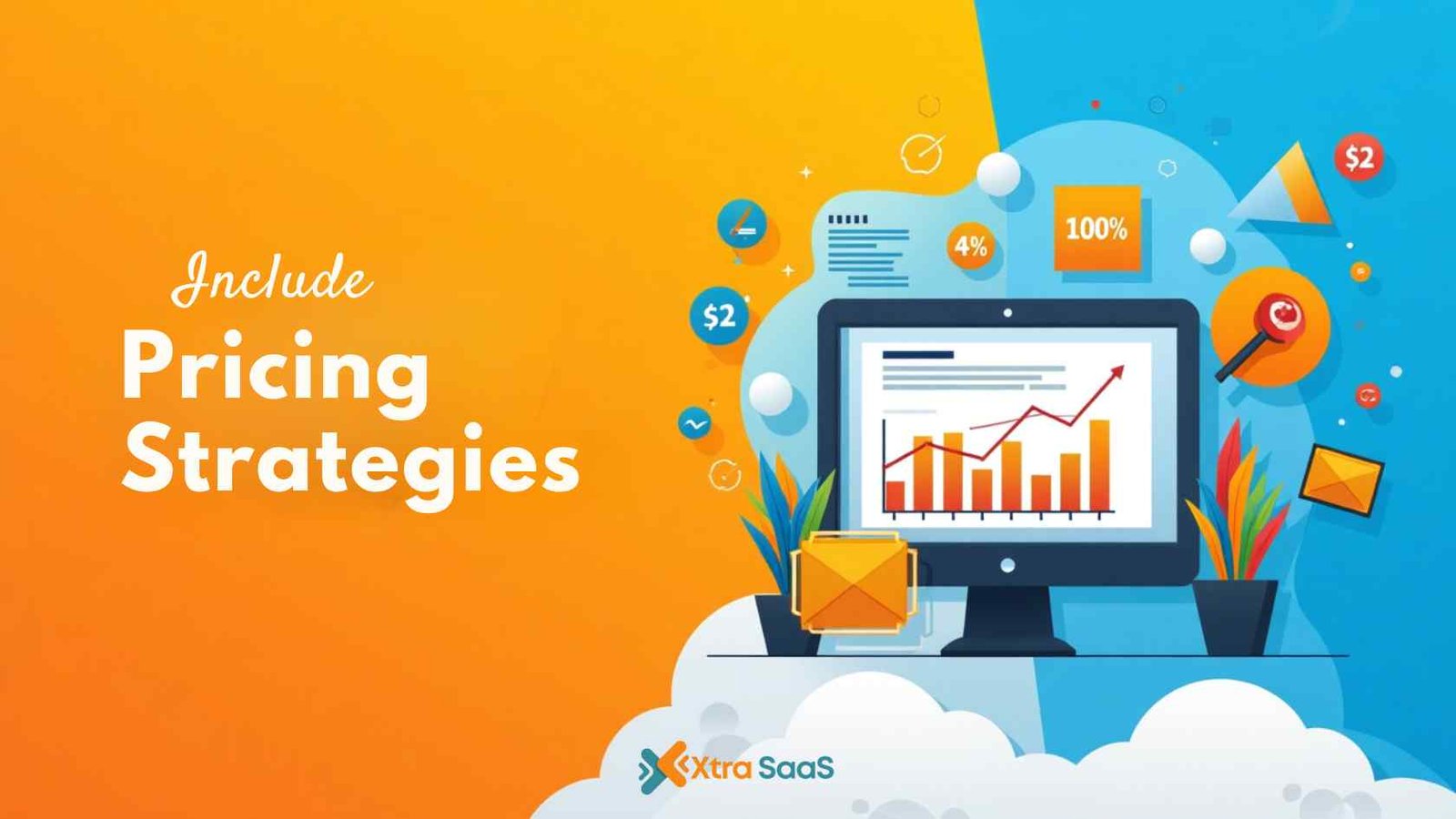
To increase sales, you can use discounts and coupons. Strategic implementation of discounts can help you keep the desired price, attract new customers, and release excess inventory. Pricing strategies can have a two-fold impact. It can help you manage the cash flow and acquire new customers.
6. Embrace Sustainability
Sustainability has become a trend in every business. Adopting sustainability in your business strategy can benefit you financially and bring stability. E-commerce companies can include many sustainable aspects such as using sustainable raw materials, eco-friendly processes, and sustainable waste disposal.
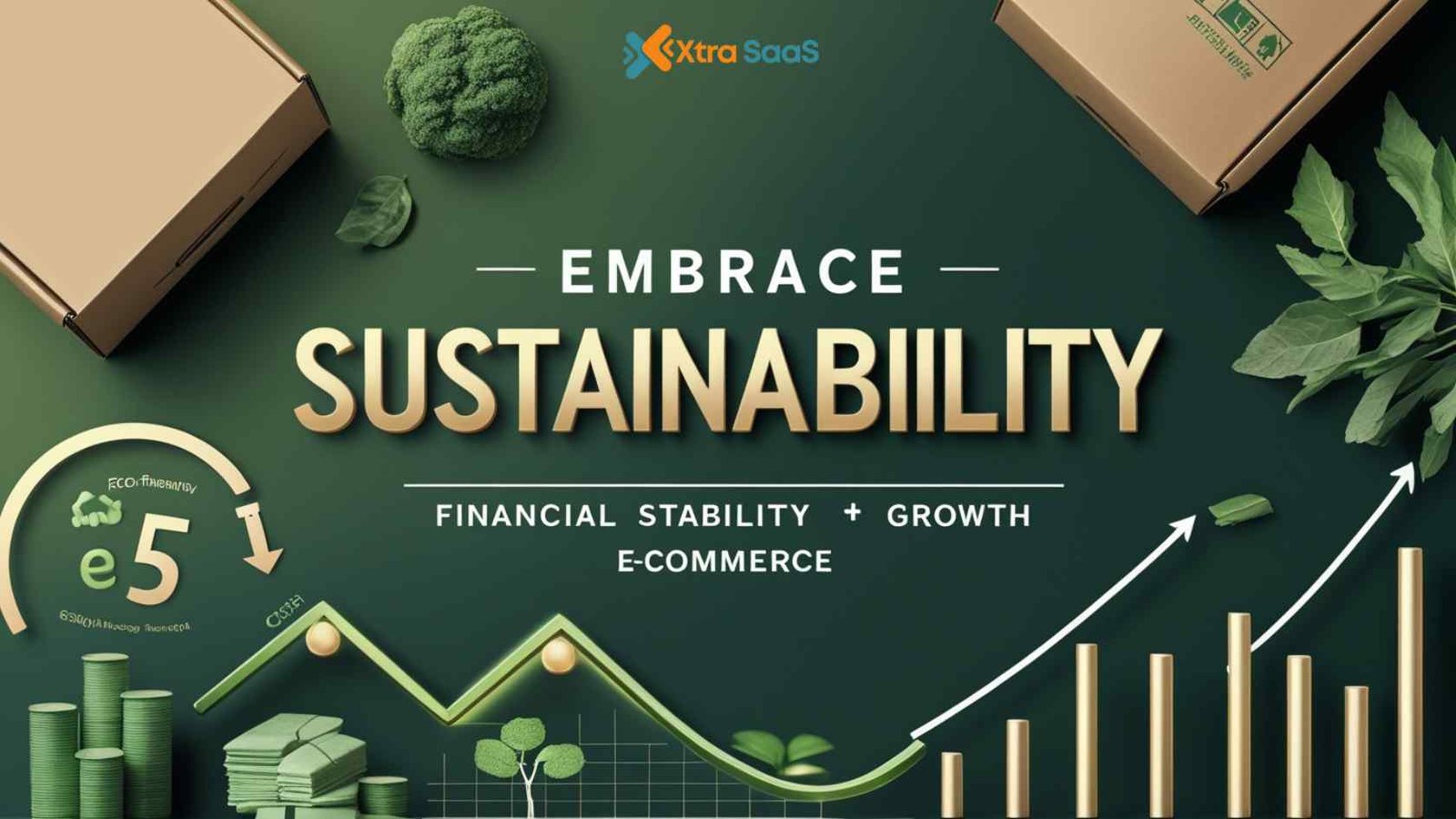
Dependency on eco-friendly raw materials or energy sources will reduce the overall cost over time. You can easily adhere to the different environment-friendly policies and declare yourself as an eco-friendly business. Sustainable business strategies can easily attract environmentally conscious consumers.
7. Automate Finance
Finance is the most important component of any business as it deals with bill payment and profit generation. Use automation tools in the accounting services. You can automate report generation, billing reminders, data consolidation, tax calculation, and many other things. Automation will also give you real-time insight into finance.

Automation can streamline many financial processes such as payment processes, subscription management, fraud prevention, and account management. Reports suggest that 80% of the financial operations can be automated. By automating different processes, you can reduce manual work, focus on analyzing the output of different processes, and develop strategies for business growth.
Conclusion
Finance forecasting, KPIs, automation, sustainability, pricing strategies, business structure, and automation are some of the areas that demand your attention. A good strategy will let you develop a strong customer base, establish good business practices, and achieve business goals. Automation across the business processes can also be part of your strategy. E-commerce businesses cannot rely on the processes employed by conventional businesses owing to the dynamic nature of the market. They need to use these strategies and continuously work on them to create a sustainable and stable business.



